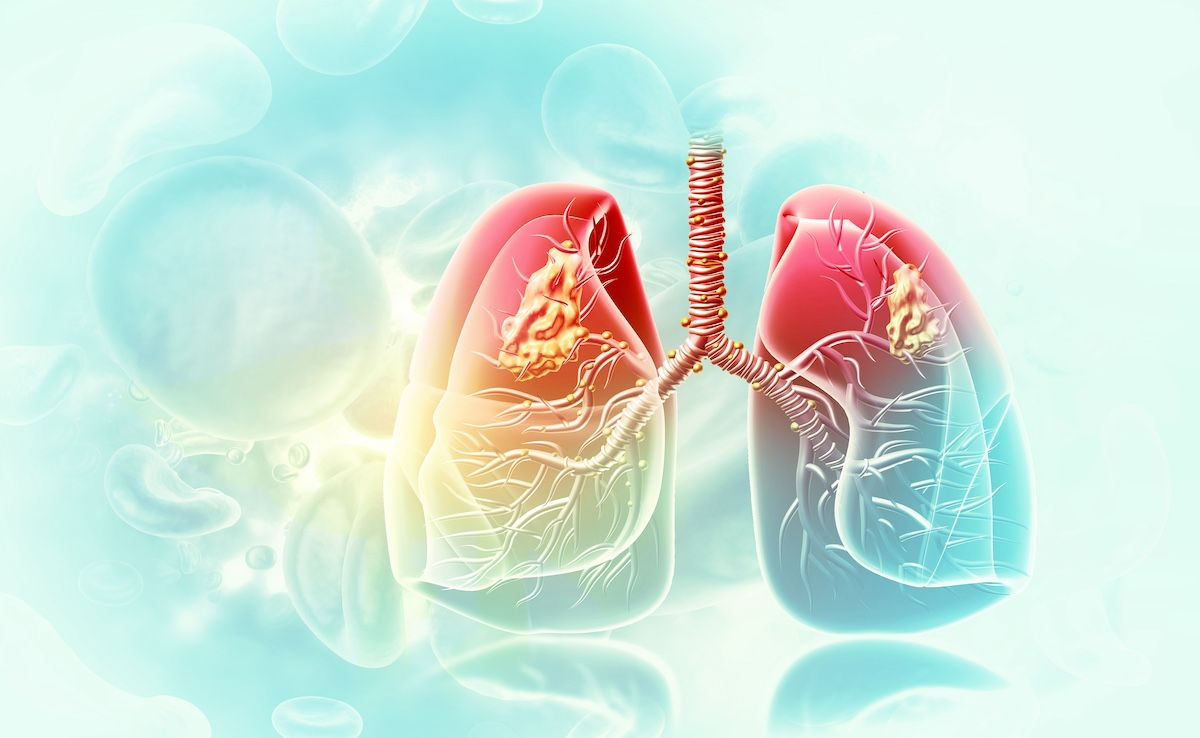Article
Case Report Shows Hematomas Can Appear in Unexpected Places
Author(s):
The patient had hemophilia A, but reported no trauma preceding the hematoma.
Physicians at a New Jersey hospital got a surprise when they reviewed imaging of a man who came to the emergency department complaining of severe back pain: The man had a large hematoma in his chest wall.
The 27-year-old had a history of hemophilia B, but the providers who treated him say the location of the hematoma, and the apparent lack of any preceding trigger, made the case unique. This case was reported in Cureus.
The man’s ordeal began the night before he arrived to the emergency department. He reported painful swelling in the right scapular region of his back, but no weakness, paresthesias, or difficulty breathing. The pain hit spontaneously, he said, and he reported no trauma to the area prior to the pain. He also had no fever, chills, nausea, or other symptoms.
Hemophilia had been diagnosed at birth, and the patient had experienced several intramuscular and intra-articular bleeding episodes. His previous hematomas occurred in various locations on his body; some were spontaneous, others were the apparent result of trauma. However, his medical history also showed another fact of note: “He had a history of leaving against medical advice (AMA), was noncompliant with his follow-ups, and did not regularly follow up with a hematologist,” said the case authors.
For example, 2 months prior to the back incident, the patient sought care for a hematoma in his right thigh, but left the hospital AMA before completing his therapy.
Due in part to that history, when he returned to the hospital with back pain, his care team ordered a CT scan, which showed a hematoma measuring 12.8 x 12.2 x 4.8 cm, with anasarca.The patient was treated with 2 units of packed red blood cells, 2 units of fresh frozen plasma, and recombinant factor IX at a dose of 100 units/kg. His team reached out for cardiothoracic surgery and hematology-oncology consults.
“The patient completed his transfusions but unfortunately left AMA prior to any evaluation for interventions such as the evacuation of hematoma or angiographic embolization,” they said.
They added that chest wall hematomas are infrequent, but not uncommon. Sometimes they occur due to tumors, arteriovenous malformations, and chronic myeloid leukemia. In searching the existing scientific literature, the investigators said the only other case they found of a chest wall hematoma in a patient with congenital hemophilia A occurred after the patient suffered a fall.
The investigators said bleeding is often minimal with chest wall hematomas, since they occur in closed tissue, “which allows for compression of the bleeding vessel.”
“However, prompt identification is important, as it can sometimes lead to complications such as hemorrhagic shock or compression of adjacent tissue and organs causing hemodynamic instability,” they said.
The investigators said this case shows that hematomas can happen in unexpected locations, and they said clinicians should have a high degree of suspicion of hematomas, especially with hemophiliacs.
“A lateral chest wall hematoma should be considered in the differential diagnosis for patients presenting with back pain,” the investigators concluded. “The absence of trauma to the area should not deter additional investigation, as prompt intervention is essential to avoid complications.”
Reference
Vedire A, Upadrasta G, Imburgio S, Johal AS, Hossain MA. Hemophilia B: a pain in the back. Cureus. Published online March 23, 2023. doi:10.7759/cureus.36577




